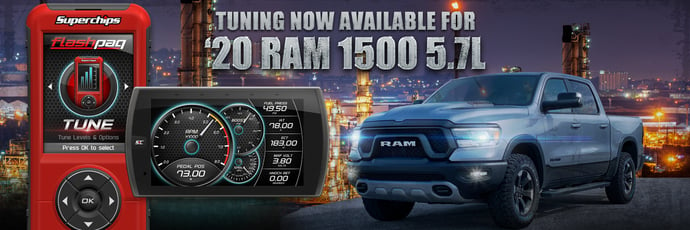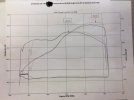Anyone else find it strange that those dyno charts were used for arguments sake, but all start at 3000rpm? When we're debating the benefits of 1500-2200rpm power ranges? Anyway, if there is a dyno chart for hemi out there that shows power at the relevant rev range I would be interested in seeing it.
Rule of thumb: Power = gas. Combustion process converts chemical energy of gas to mechanical rotation of engine (usable power). Each squirt of injector uses gas to create power, and will reduce mpg accordingly. This is why cruising rpm is so important. Let us compare 1600rpm vs 2000rpm cruising speeds. A 400rpm (2 rev = 1 combustion cycle) difference in cruising speed is equivalent to 1600 (8 cylinders X 200 combustion cycles) additional squirts from fuel injector. That's 1600 additional fuel injector squirts per minute while cruising down highway. Even though the throttle may be at a lower position for the engine at 2000rpm, the percent decrease in throttle position will most likely not be able to compensate for the increased rpm. I think it's entirely possible that under ideal circumstances you may be able to achieve same or better fuel economy at higher rpm, but it will be brief and not sustainable over a tank of fuel. Over a tank of fuel, 400+ miles depending on tank size, the overall averages will drive fuel economy. The engine cruising at lower rpm will have better fuel economy over long haul (highway driving). City driving will be more dependent on driver style since there is a lot more acceleration cycles and not as much constant speed driving. Comparing city vs highway is an apples to oranges comparison. Better fuel economy will be seen by those with high percentage highway or steady speed driving.
Higher cruising speed = more air resistance = more power required to overcome air resistance = more fuel used. So, be careful comparing notes when one driver cruises at 65mph while another may be at 80mph. Totally different scenarios and usages. Explanation of aero has been made multiple times in this thread so I won't go back into it.
In general, this thread has been fascinating. It does get entertaining when details get dragged into it because then you get apples to oranges comparisons in discussion. I look forward to seeing what else you add to this thread. Cheers.















